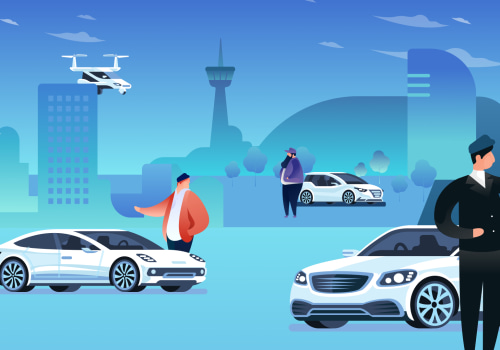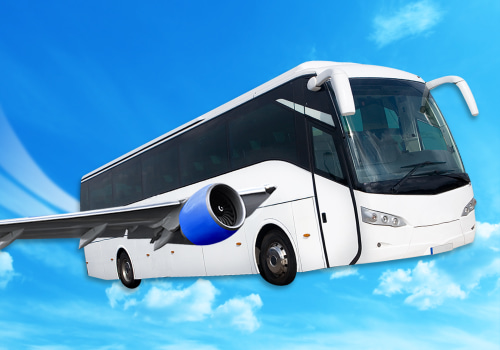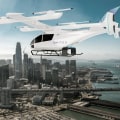As an expert in the field of transportation, I have witnessed firsthand the evolution of public transportation over the years. From traditional buses and trains to the introduction of smart technology, the way we travel has drastically changed. In this article, I will delve into the concept of smart public transportation and how it is shaping the future of transportation.
The Rise of Smart Public Transportation
Gone are the days when public transportation was seen as a last resort for commuters. With the rise of smart technology, public transportation has become a viable and efficient option for many people. Smart public transportation refers to the integration of technology into traditional modes of transportation, making them more efficient, convenient, and environmentally friendly.
One of the main drivers behind the rise of smart public transportation is the increasing urbanization and population growth in cities. As more people move to urban areas, there is a growing need for efficient and sustainable modes of transportation. Smart technology offers a solution to this problem by optimizing existing infrastructure and providing new and innovative ways to travel.
The Benefits of Smart Public Transportation
The implementation of smart technology in public transportation has numerous benefits for both commuters and cities as a whole. One of the most significant advantages is the reduction of traffic congestion. With real-time data and intelligent traffic management systems, smart public transportation can help alleviate traffic jams and reduce travel time for commuters.
Another benefit is the positive impact on the environment. By reducing the number of cars on the road, smart public transportation helps to decrease carbon emissions and improve air quality. This is especially important in densely populated cities where air pollution is a major concern.
In addition to these benefits, smart public transportation also offers convenience and accessibility for commuters. With the use of mobile apps and contactless payment systems, passengers can easily plan their journeys and pay for their tickets without the hassle of carrying cash or waiting in long queues.
The Role of Data in Smart Public Transportation
At the heart of smart public transportation is data. With the use of sensors, GPS tracking, and other technologies, vast amounts of data can be collected and analyzed to improve the efficiency and effectiveness of public transportation. This data can provide valuable insights into passenger behavior, traffic patterns, and infrastructure performance.
By harnessing this data, transportation authorities can make informed decisions about route planning, scheduling, and maintenance. This not only improves the overall experience for commuters but also helps to reduce costs and increase revenue for transportation providers.
The Challenges of Implementing Smart Public Transportation
While the benefits of smart public transportation are undeniable, there are also challenges that come with its implementation. One of the main obstacles is the cost involved in upgrading existing infrastructure and implementing new technologies. This requires significant investment from both public and private sectors.
Another challenge is the need for collaboration between different stakeholders. Smart public transportation involves various parties such as transportation authorities, technology providers, and city planners. For it to be successful, there needs to be a coordinated effort between these stakeholders to ensure seamless integration and operation.
The Future of Smart Public Transportation
The future of smart public transportation looks promising. With advancements in technology, we can expect to see even more innovative solutions that will revolutionize the way we travel. One such example is the development of autonomous vehicles that can operate on designated lanes or routes, reducing the need for human drivers.
Another exciting development is the use of drones for delivery services. This could potentially reduce traffic congestion by taking delivery vehicles off the road and providing a faster and more efficient way to transport goods.
Conclusion
In conclusion, smart public transportation is changing the way we travel and shaping the future of transportation. With its numerous benefits, it is clear that smart technology has a crucial role to play in addressing the challenges of urbanization and creating a more sustainable and efficient transportation system. As an expert in this field, I am excited to see how smart public transportation will continue to evolve and improve in the years to come.











Leave Message